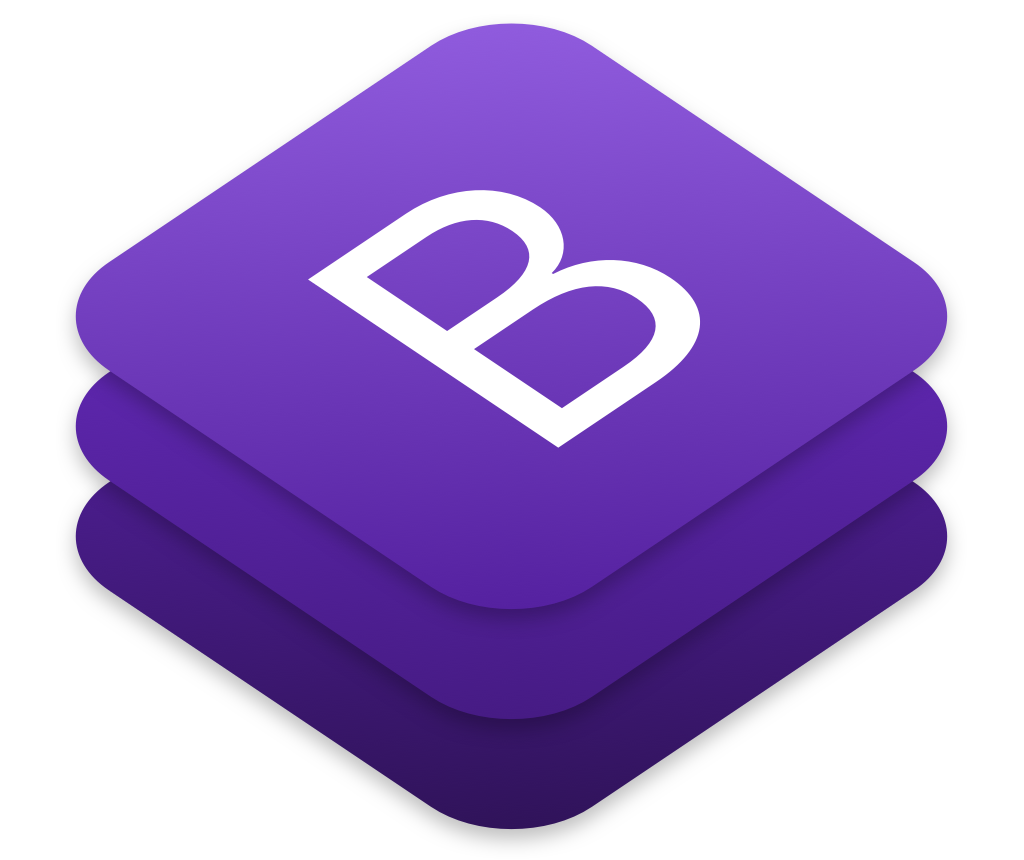Frameworks Make the Dream Work
10 Oct 2019
The world of web development is brighter with frameworks. Creating websites with pure HTML and CSS has been one of the most toxic experiences. Creating a full-fledged website was often difficult, problematic, and ugly. When I discovered frameworks, it seemed like my web development life had taken a turn for the best. User-interface frameworks are very useful tools that allow software engineers quickly create consistent code that is understandable, arguably more readable, and extendible in comparison to using pure HTML and CSS.



Consistency is Key
First of all, UI frameworks allows us to create consistent code with similar properties and aesthetics. When I create web pages in pure HTML and CSS, the source code is often extremely inconsistent. I often realize that most of the code has redundant class and ID attributes. Using Semantic-UI and other frameworks allows software engineers to create pages that are consistent and logically grouped in an efficiently written way. If I wanted to create several “tiny” elements, I don’t need to manually manage the size of all the different elements that I consider tiny. UI frameworks allows me to reuse code to build consistent pages. Furthermore, it’s easy to implement similar components along several different pages using framework such as Semantic-UI. If I wanted to have similar large buttons on two different pages, I can easily do it with a framework. It can be done simply through a class attribute instead of implementing the code twice to fit each individual page. UI frameworks are important to keeping consistency among your source code because consistency is key.
Got to Go Fast
Furthermore, creating usable web page interfaces can be done quickly using UI frameworks. Purely-written HTML and CSS web pages are tediously built. It takes up so much precious time to create something simple like a dropdown menu, and the results are often not worth it. Using a framework such as Semantic-UI saves a lot of time by cutting down the need to write all the CSS for every element. CSS styles can often grow to be extremely long for a simple UI component. Frameworks automate much of the implementation for software engineers. In the world of development, time is important for efficency.
Readability and Extendibility
In addition to saving time, using a UI framework allows us to create code that is arguably more readable and extendible. Pure HTML and CSS source code is ugly. It looks ugly on the page and it looks ugly in the source. UI frameworks improves the readability of web page source code. Instead of using finnicky HTML and CSS code, Semantic-UI uses div tags with classes that are easy to read and understand its purpose. Frameworks improve the look of the page’s source code so that other developers have a easier time understanding the content. Since frameworks improve readability, they also improve the source code to be more extendible. UI frameworks are great because it lays down a solid foundation for pages that can be extended. Other developers can add user-interface components by simply using the framework again. UI frameworks make our lives as software engineers easier by improving the readability and extendibility of web pages.
Conclusion
Web development is a very finicky and problematic processs. Although working in the browser is convenient, it’s difficult to build a full-fledged website in purely HTML and CSS. UI frameworks help to ease the process. They’re useful tools to quickly build consistent, readable, and extendible web pages. Frameworks such as Semanticu-UI may not be the perfect solution, but they’re a great place to lay down a solid foundation for a new web project.